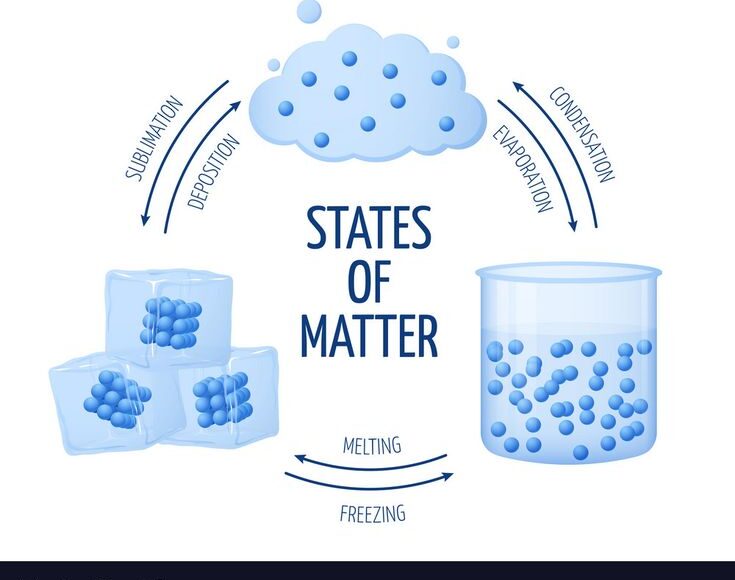
Atomic structure refers to the arrangement of subatomic particles within an atom, the fundamental building block of matter. Atoms are incredibly small, with their sizes measured in nanometers, and they consist of three main types of subatomic particles: protons, neutrons, and electrons.
The nucleus is the dense, central core of the atom and contains protons and neutrons. It accounts for most of the atom’s mass.
Protons: Positively charged particles found in the nucleus. The number of protons defines the atomic number, which determines the element.
Neutrons: Neutral particles that add mass to the nucleus. The number of neutrons can vary, resulting in different isotopes of an element.
Electrons are negatively charged particles that orbit the nucleus in regions called electron shells or orbitals. They are much smaller than protons and neutrons and are responsible for chemical bonding and reactions.
The atomic number represents the number of protons in an atom. It uniquely identifies an element. For example, hydrogen has an atomic number of 1, while oxygen has an atomic number of 8.
The mass number is the total number of protons and neutrons in the nucleus. It helps in distinguishing isotopes of an element.
Isotopes are atoms of the same element that have the same number of protons but different numbers of neutrons. For instance, carbon-12 and carbon-14 are isotopes of carbon.
The arrangement of electrons in an atom’s orbitals determines its electron configuration. This configuration influences an element’s chemical properties and reactivity.
John Dalton proposed that atoms are indivisible particles that combine in fixed ratios to form compounds. While foundational, this model was later refined.
J.J. Thomson discovered electrons and suggested that atoms are composed of electrons embedded in a positively charged “pudding.”
Ernest Rutherford proposed that atoms have a small, dense, positively charged nucleus surrounded by electrons. This model emerged from his famous gold foil experiment.
Niels Bohr introduced the idea of electrons orbiting the nucleus in fixed energy levels. This model explained atomic spectra but was limited to simple atoms.
The modern model of atomic structure, based on quantum mechanics, describes electrons as existing in probabilistic regions called orbitals rather than fixed paths. This model provides the most accurate depiction of atomic behavior.
Understanding atomic structure is fundamental to chemistry, physics, and material science. It explains:
Chemical Bonding: How atoms interact and combine to form molecules.
Material Properties: The behavior of substances based on atomic arrangement.
Nuclear Reactions: The processes of fission and fusion, which release enormous energy.
Atomic structure forms the basis of our understanding of matter and the universe, playing a crucial role in scientific and technological advancements.

 Follow Me:
Follow Me:


 Free
Free
